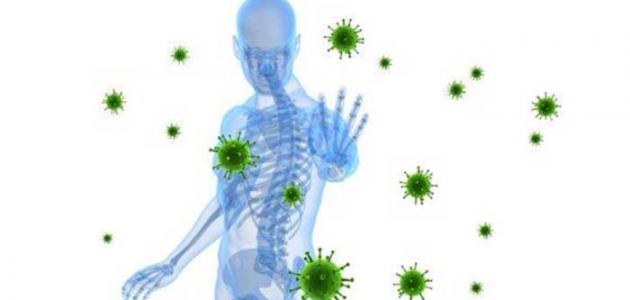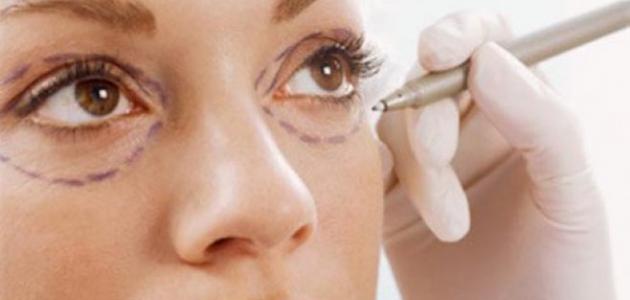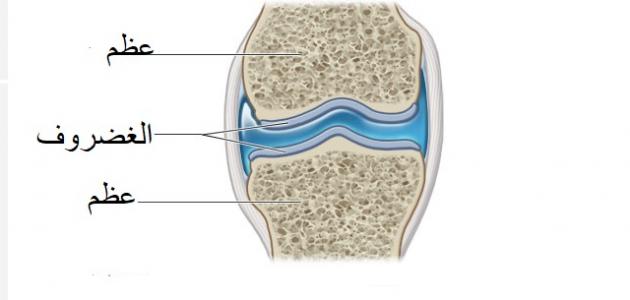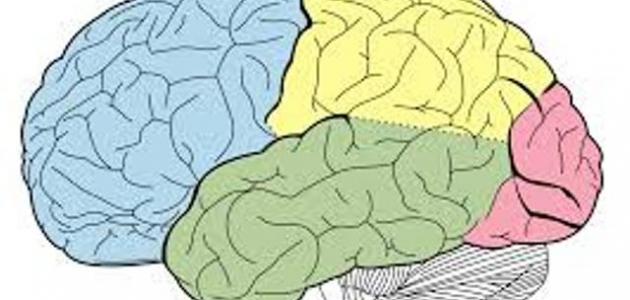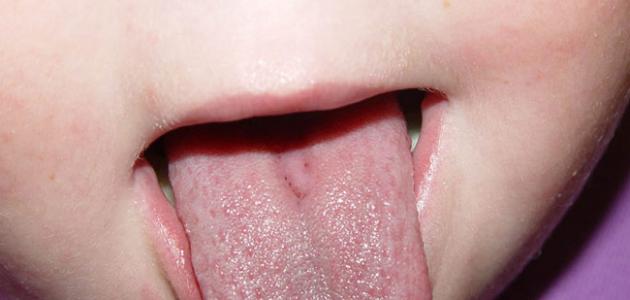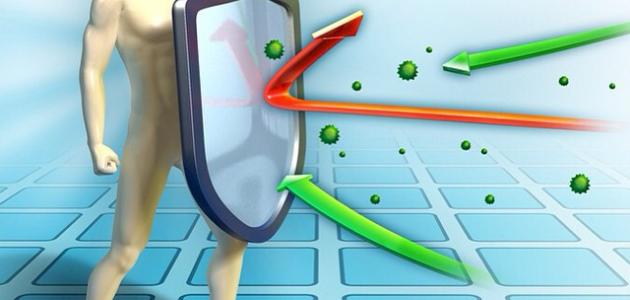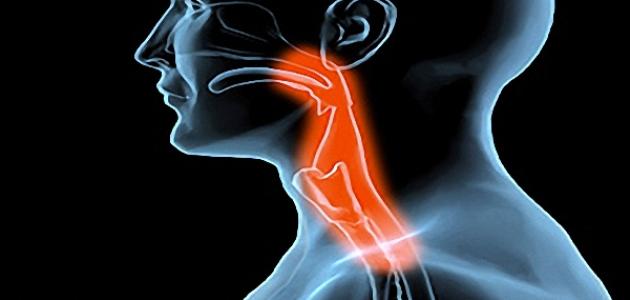Contents
Antihistamines
Antihistamines are one of the treatments used in dermatology and venereology. They work to calm itching in the body by controlling and binding to histamine receptors that are naturally produced by some of the body's cells. It is necessary to carry out some activities of the body, and it is worth noting that the histamine receptors in the body are of two types: The first type is found on mast cells, smooth muscles, cells lining blood vessels and special cells in the brain, while the second type of histamine receptors is found in the gastrointestinal tract and in the stomach in particular.
Types of antihistamines
- Antihistamines associated with H1: used to treat the symptoms of allergic rhinitis, such as itching, runny nose and sneezing.
- H2-linked antihistamines: used to treat acid problems in the stomach, such as: peptic ulcers and esophageal reflux.
The uses of antihistamines in particular
- Itching and skin sensitivity in adults and young people.
- Eczema is one of the skin diseases that takes the form of redness that contains scales. It appears on the face, skin, and hands.
- The majority of skin infections.
- Psoriasis, which is a chronic skin disease that takes the form of silver-colored scales.
- Itching and skin sensitivity resulting from kidney and liver diseases.
- Lichen, a chronic skin disease that appears as dark patches on the face and limbs.
- Atopic eczema, which most often affects young people.
- Swelling of the face in the morning due to an allergy.
Grades of antihistamines
- The first generation, and it is included in sedatives and analgesics.
- The second generation, and it is also included in the sedatives and analgesics, but it has less effect than its predecessor, and it is more common among doctors.
- The third generation: It prevents itching, but it is not used as a sedative. He can take it and do all the usual work.
Tips for using antihistamines
It is necessary to see a doctor to take into account the following matters when using it:
- Adequate diagnosis of the patient's skin problem.
- The type of antihistamine to be taken, and how much the patient will use.
- The period set aside for treatment, which lasts for several days or more.
- Patient age; As there are some caveats for children.
- Pregnancy or breastfeeding for women.
Side effects of antihistamines
There are several side effects of taking antihistamines, but not everyone experiences them. It varies according to the person's condition, type of skin disease, the amount given to him, and the duration of treatment:
- Affects focus; Due to its classification as a sedative.
- Feeling dizzy and sometimes dizzy. Therefore, it is used before bed.
- Dryness in the throat and mouth.
- Feeling vomiting.
- Sensitivity to light.







